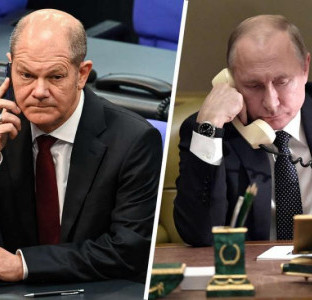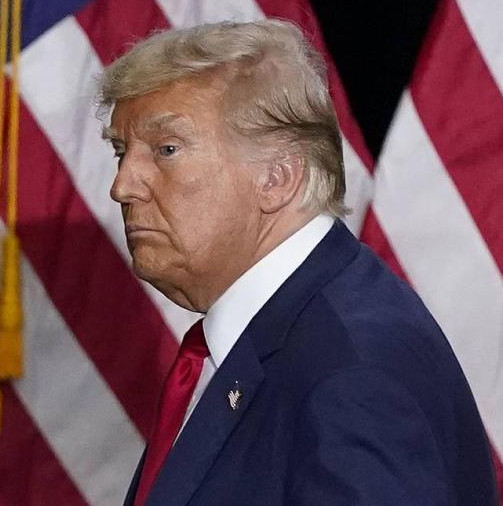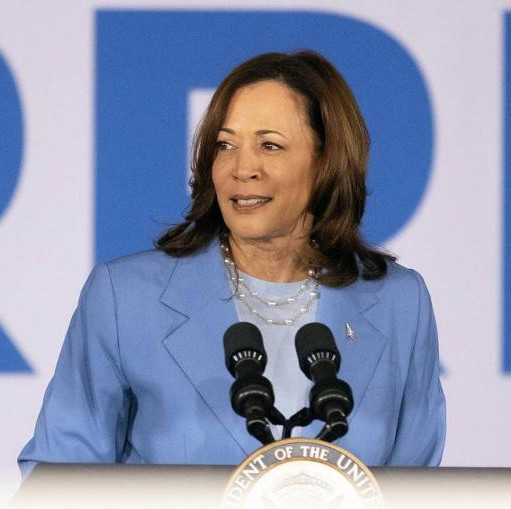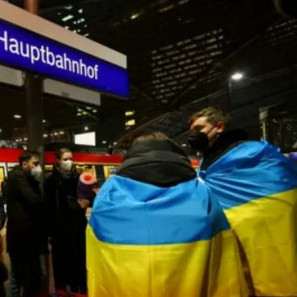The Russian president first spoke of the possibility to introduce this moratorium during his annual state of the nation address.
So NATO governments had several months to study and finally make a decision about ratification of the adapted CFE. But Western countries have not agreed to ratify it.
The decree signed by the Russian president reads that Russia puts a moratorium on CFE observance “until NATO member states ratify the Agreement on Adaptation and start abiding by it in good faith.”
As to the extraordinary circumstances, the document explains that the countries that joined NATO recently are evading making changes in the composition of CFE groups. As a result, the alliance’s expansion has resulted in CFE group restrictions being exceeded.
Moreover, the U.S. plans to deploy its conventional forces in Bulgaria and Romania “affect” the abidance of CFE group restriction.
The document points out that some parties to the CFE have not fulfilled their political obligations to ensure fast ratification of the adapted treaty.
“The results of the extraordinary conference and consultations within the Russia-NATO Council show that the NATO members still link the beginning of the adapted CFE ratification with Russia’s compliance with the Istanbul agreements,” the document reads. “They also ignore… Russia’s specific proposals on ending the CFE crisis, promising to discuss them later… The situation calls for introducing a moratorium on the treaty’s observance.”
So what is it all about?
The Conventional Armed Forces in Europe Treaty was signed in Paris on November 19, 1990. It applied to the territory from the Atlantic Ocean coast to the Urals Mountains, including the Faeroe Islands, Azores, Madeira, Spitsbergen, Canary Islands, Franz Josef Land, Novaya Zemlya and the entire territory west of the Ural River and the Caspian Sea till Turkey (the 39th parallel). The main goal of the treaty was to significantly reduce the military potentials of NATO and the Warsaw Treaty Organization, the two strategic alliances that confronted each other during the Cold War, as well as to ensure “a high degree of transparency” of military activities. Since the CFE adoption, its members have carried out over 5,000 inspections and sent about 8,000 notices to each other. The treaty allowed cutting conventional forces in Europe by 59,000 pieces (tanks, armored combat vehicles, artillery, airplanes and helicopters) on each side. The lion’s share of the most serious pieces – over 12,000 – was eliminated by Russia. Moreover, Russia unilaterally reduced its armed forces by another 20,000 pieces outside the treaty zone.
But the radical changes of the European military and political landscape in the 1990s resulted in the balance of forces that was unfavorable for Russia. After the dissolution of the Warsaw Treaty Organization, the breakup of the Soviet Union and NATO’s expansion in the early 2000s, the CFE lost its initial control spots. It has been losing touch with the changing reality every year.
The situation is all the more odd and unfair as there are restrictions on conventional arms for two military alliances, but there is only one of them – NATO – present now. Moreover, some of the former Warsaw Treaty members and even former Soviet republics have already joined NATO. But their quotas are listed as those of the other side of the treaty that no longer exists, the Warsaw Pact Organization, which was led by the Soviet Union, of which Russia is the legal successor. This means that the real amount of combat vehicles in some CFE zones is three times higher than in Russia. As of January 1, 2006, Russia had 4,999 tanks against NATO’s 14,693, 9,653 armored combat vehicles against 27,225 and 5,930 artillery pieces against 16,627.
The situation with supervision of compliance with the treaty does not work in Russia’s favor. Due to objectively developed disproportion in division of inspection quotas between CFE members, the West has the ability to regularly control the state of the Russian armed forces (including the Baltic states that do not join the treaty under far-fetched excuses and are not subject to Russia’s supervision). Almost all inspections of Russia’s “NATO partners” target Russian military units. The country has found itself in an absurd situation when it can have only a limited amount of arms and vehicles in the North Caucasian and Leningrad military districts.
Russia’s military commanders cannot freely redeploy their own troops in their own country, even if the changes in the military and political situation call for it. The United States, however, is setting up military bases in Bulgaria and Romania, not far from Russian borders, which clearly contradicts the commitment to refrain from stationing “substantial combat forces” set by the Founding Act on Mutual Relations, Cooperation and Security between NATO and the Russian Federation signed in Paris on May 27, 1997. Washington does not conceal its plans to increase its troops in each country to 5,000 men and that they will be ready to act in the Caucasus.
Russia has repeatedly voiced its concerns about the situation around the CFE. The West, however, still pretends not to hear the well-deserved criticisms. Moreover, the U.S. and NATO keep trying to teach Russia how it should conduct its security policy. The final documents of NATO meetings at different levels regularly include “calls,” “reminders,” and “recommendations” to carry out all the obligations that ostensibly ensue from the CFE, which will “help to put into motion” the process of ratifying the adapted treaty.
As President Putin said on April 26, these and other facts provide “complete grounds to say that [NATO] partners… behave at least incorrectly, pushing for unilateral advantages… Moreover, [the NATO member states] plan to deploy elements of missile defense in the Czech Republic and Poland… which creates real dangers with unpredictable surprises [for Russia].” Russia’s good will has been exhausted and – even if it will not help to restore the true balance of forces – it is now willing to take the necessary legal steps in order to end its participation in the treaty that makes it difficult to strengthen the country’s defense. This is exactly what some NATO members, notably, the U.S., are doing.









